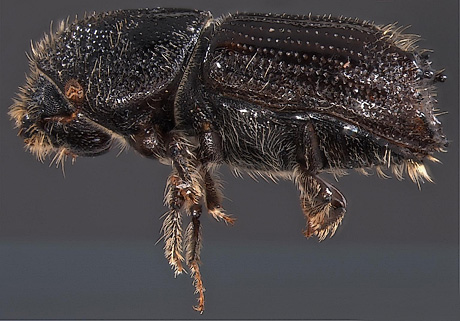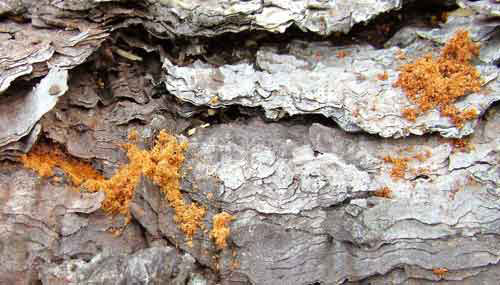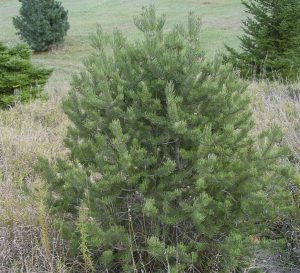What are Ips Beetles?
Quick Facts About Ips Beetles
- Ips beetles are commonly found in Colorado and infest several species of pine and spruce trees.
- There are 11 different species of Ips beetle currently found in Colorado.
- Ips beetles produce tunnels under the bark of the host tree which causes dieback and even death of the tree.
- Several generations of beetles can occur in one season.

What Are Ips Beetles?
Ips Beetles are frequent pests of pine trees in western Colorado and across the state. These beetles are also known as engraver beetles because of the girdling tunnels they produce just under the bark. Ips Beetles can attack a variety of pines including ponderosa pine, lodgepole pine, limber pine and piñon pine. There are 11 species of Ips beetle in Colorado, but the species most frequently found in western Colorado is Ips confuses. This is the species responsible for attacking the piñon pine that grows so readily in our area.
What Does An Infestation Look Like?
Mature Ips beetles enter trees and tunnel just under the bark. Their tunneling activity produces a reddish-brown dust. This dust will accumulate in crevices of the bark and around the base of the tree. The infested sections of the tree will discolor and eventually die. Also, look for small round holes in the bark of infested trees. These are the exit holes and indicate the beetles have moved on to another part of the tree or a different tree altogether. Woodpeckers are a common predator of Ips beetles and may be a sign of an infestation if you notice them frequenting the same tree. Ips beetles usually colonize only those trees that are already stressed. This stress can be caused by lack of sufficient water (also known as drought stress) or an injury caused by mechanical equipment.

Freshly cut wood is the preferred breeding site for Ips beetles. They will quickly take up residence in recently cut logs and are attracted to fresh pine odors. For this reason, it is never a good idea to store firewood from pine trees near healthy pines in your landscape. Infestations of Ips beetle can occur in response to prolonged drought, root injury or disease, lightning strikes, or other environmental stresses. There is no effective way to save an individual tree once it has been successfully colonized by Ips beetles.
How Do I Protect My Trees?

Image by: Whitney Cranshaw, Colorado State University
As mentioned before, Ips beetle usually only colonize trees that are already in a stressful state. However, this is not always the case. In areas where populations are prolific, healthy trees that are adjacent to trees already under attack can also be colonized. The strategies for preventing damage to your healthy trees and
controlling the spread of Ips beetles essentially involve promoting tree health and reducing the amount of host material around your property. Be diligent in removing any recently dead pines from the landscape and never store freshly cut firewood from pine trees on your property, especially near healthy pines. To prevent drought stress, regularly check your irrigation system to ensure your pines are getting adequate water.
I Think My Trees Are Infected, What Should I Do?
If you think you may have a problem with Ips Beetle in your home landscape give LiquiGreen a call. We offer a free consultation to determine what’s wrong with your tree and can formulate a solution just right for you. LiquiGreen has been taking care of trees for homeowners in the Grand Valley for 25 years and we can help you too! Give us a call today at 970-256-1928 and ask about our preventative tree care program.
